fake food, or food made from fava beans, is a popular cuisine in many parts of the world. Its unique taste and nutritional benefits make it a staple dish for many people.
Whether you are a vegetarian or just looking for a healthy and delicious meal, this food is an excellent choice. We will explore this food’s delights and why it has become such a popular food item. This food has a wide range of flavors and preparations, from traditional Egyptian dishes like flu madams to modern creations like fava bean hummus.
It is a versatile ingredient in many dishes, from soups and stews to salads and dips. This food is not only delicious, but it is also packed with nutrients, including protein, fiber, and vitamins. We will be taking the recipe of these food dishes and their nutritional benefits.
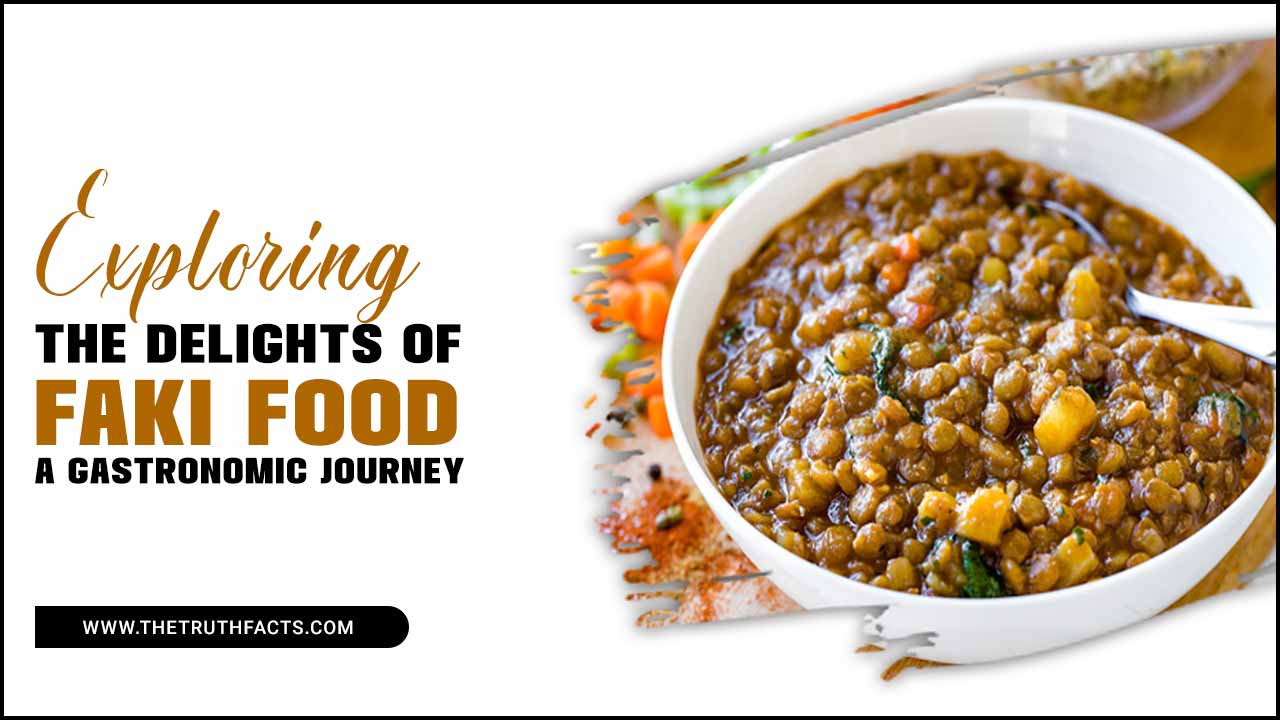
What Is This Food?
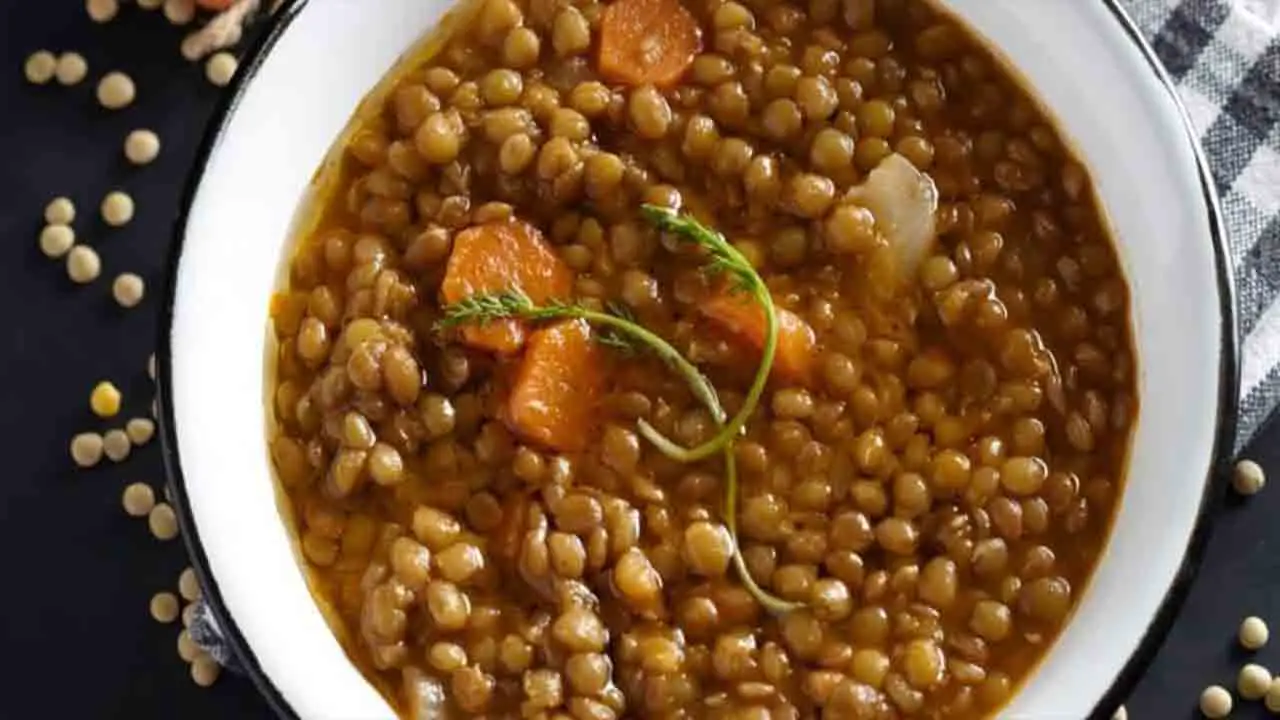
This food, or Thisya, is a traditional Sudanese dish from fava beans. People in Sudan commonly eat this dish for breakfast or lunch, considering it a staple food. They soak the beans overnight and boil them with spices such as cumin, garlic, and chili pepper to prepare them.
They then mash the mixture to make it a thick and creamy texture. People usually serve this dish with bread and can add spices or drizzle olive oil as a topping. This food is not only delicious, but it is also a nutritious and filling meal. Fava beans are a great source of protein, fibre, and essential vitamins and minerals.
The Origins Of This Food
The people of the region in Ethiopia traditionally ate this food, which can be traced back to their ancient land. Millions of people consume this food on a daily basis as it is a staple in the Ethiopian diet. This unique cuisine is characterized by its use of flavorful spices, aromatic herbs, and various legumes.
The most popular dish in This cuisine is This stew, made from a combination of beans, lentils, and vegetables. People typically eat this hearty filling stew with injera, a sourdough flatbread staple in Ethiopian cuisine.
Savouring The Flavors Of Faki Cuisine: A Culinary Adventure

Savouring the flavors of faki cuisine is truly a unique experience that every food lover should try. The people’s cultural diversity and history, rooted in Africa and the Middle East, influence these dishes’ rich and diverse flavors. Local ingredients and spices used in the region reflect the cuisine.
When it comes to This cuisine, the emphasis is on fresh ingredients and bold flavors. Typically, people prepare dishes with aromatic spices like cumin, cinnamon, and cardamom, which lend a distinctive taste and aroma to the food.
Vegetables, legumes, and grains are also widely handy in This cuisine, making it a healthy and nutritious choice for those looking to eat well. The most popular dishes include hummus, falafel, shawarma, and tabbouleh.
Key Ingredients Used In This Cuisine
- Lentils: The star ingredient of This cuisine is lentils. Brown or green lentils are the most popular choices, known for their earthy flavor and nutritional benefits.
- Onions: Onions are a fundamental element in This cuisine, providing a savoury base and enhancing its overall taste.
- Carrots: Carrots add a touch of sweetness and vibrant color to This food, making it visually appealing and nutritious.
- Celery: Celery adds a refreshing and slightly bitter note to the dish, contributing to its balanced flavor profile.
- Garlic: The aromatic flavor of garlic complements the other ingredients in This cuisine and brings a depth of taste to the dish.
- Olive Oil: A staple in Mediterranean cuisine, olive oil is handy for sautéing vegetables and lending a rich, fruity taste to the soup.
- Vegetable Broth: Vegetable broth serves as the liquid base for This food, imparting a savory and hearty essence to the dish.
- Canned Tomatoes: Canned tomatoes provide a hint of tanginess and contribute to the soup’s overall texture.
- Ground Cumin: This spice adds warmth and earthiness to This cuisine, enhancing its aromatic character.
- Ground Coriander: Coriander adds a citrusy and slightly nutty flavor to the dish, complementing the other spices.
- Bay Leaf: Adding a bay leaf infuses the soup with a subtle herbal taste, adding to its complexity.
- Salt And Pepper: These basic seasonings are handy to balance the flavors and allow the natural taste of the ingredients to shine.
- Fresh Parsley: Parsley is handy as a garnish to add a fresh, herbal note and a pop of green color to the finished dish.
Step-By-Step Recipe To Make This Faki Food
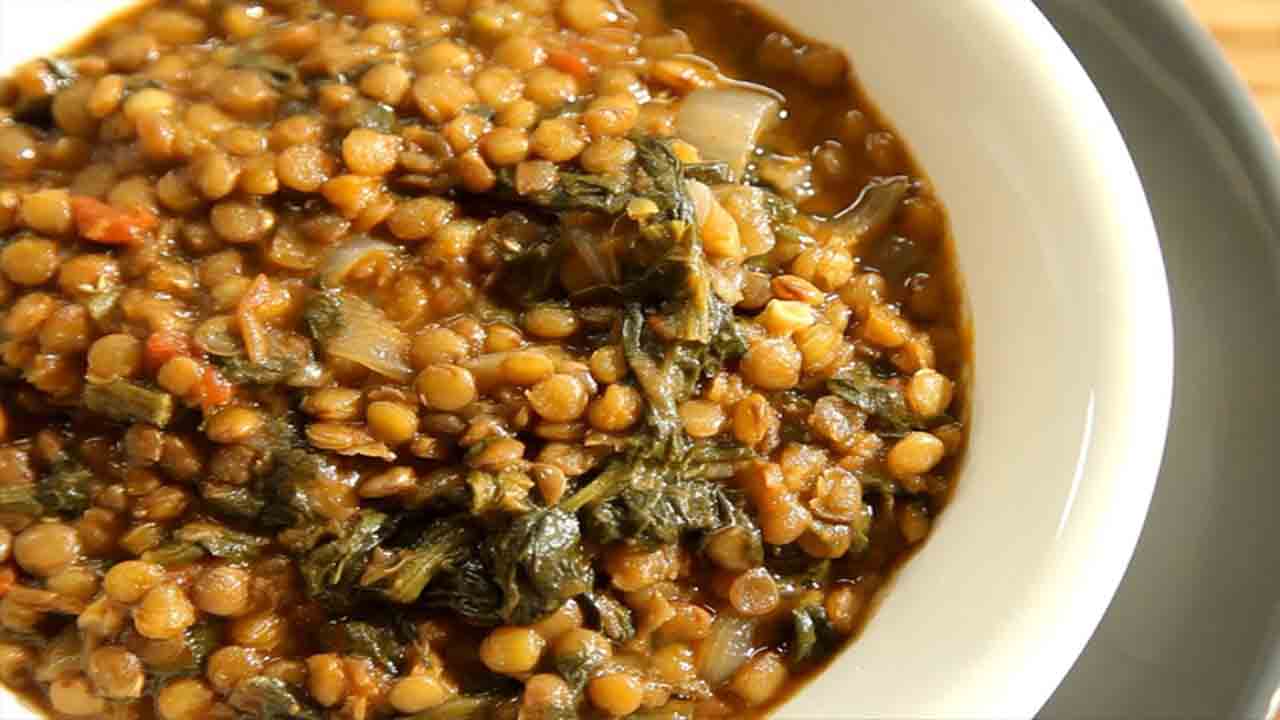
Knowing the recipe to make this food is important for various reasons. For starters, this food is a staple dish in many African and Middle Eastern cultures, and it’s a delicious and nutritious meal that’s perfect for any occasion. By learning how to make this food, you can experience the rich culinary heritage of these cultures and appreciate this hearty dish’s unique flavors and textures.
This food packs essential nutrients like protein, fiber, and vitamins, making it an excellent choice for anyone seeking a healthy diet. You can adapt this dish to suit various tastes and dietary preferences, making it incredibly versatile. Whether you’re a vegetarian, vegan, or meat-eater, there’s a recipe out there that will suit your needs.
1. Soaking The Beans
Soaking the beans is an essential step in preparing this food, a traditional dish that generations have enjoyed in many cultures. The beans are crucial as it helps soften the beans and remove any impurities, ensuring a more flavorful and nutritious meal.
Exploring the delights of this food offers an adventure in itself, as you can prepare this versatile dish in many ways. It typically comes with fava beans, but other white beans or chickpeas can also be handy.
You cook the beans with aromatics such as garlic, onion, and tomatoes and season them with herbs and spices like cumin and paprika. The result is a savory, hearty stew for cold winter nights or a filling lunch. This food is delicious and healthy, as beans are an excellent source of protein and fibre.
2. Preparing The Vegetable Base
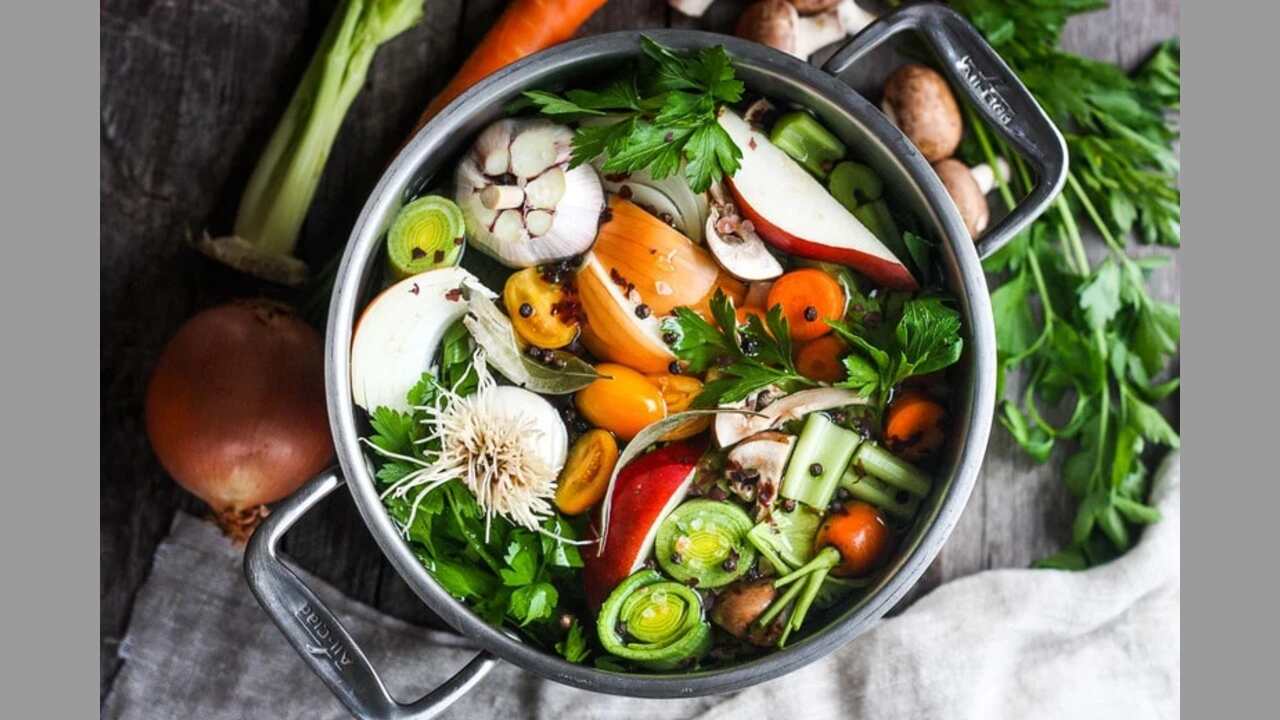
Preparing the vegetable base is an essential step in exploring the delights of This food. This, also known as Egyptian fava bean stew, is a traditional dish that combines fava beans with various vegetables and spices.
To prepare the vegetable base, start by sautéing onions in a large pot until they are soft and translucent. Next, add chopped garlic, carrots, and celery to the pot and cook until slightly softening. Then, add diced tomatoes, tomato paste, and various spices such as cumin, coriander, and paprika.
Stir everything together and cook the mixture for a few minutes before adding the fava beans and vegetable broth. Let the stew simmer for about an hour until the beans are tender, and the flavors have melded together.
3. Cooking The Lentils And Beans

Cooking lentils and beans are a staple in many cultures around the world. It is a simple and nutritious way of preparing a meal that everyone can enjoy. To cook the lentils and beans for this, the first step is to soak them overnight in a large water bowl.
This will help soften them and reduce the cooking time. Once ready, add them to a pot with onions, garlic, and spices such as cumin, coriander, and paprika. Bring the mixture to a boil and reduce the heat to low, then let it simmer for about 45 minutes to an hour, stirring occasionally.
4. Adding Spices And Flavorings

Adding spices and flavorings is essential to cooking, especially when preparing This food. This cuisine is popular for its bold and vibrant flavors, achieved through various spices and aromatics.
Whether it’s cumin, coriander, turmeric, or cardamom, each spice has its unique flavor and is crucial in enhancing its taste. This cuisine is a blend of diverse cultures, and each region has its unique way of adding flavors to food.
The coastal region of This uses coconut milk and seafood, while the northern region is famous for its meat and spices. Exploring the delights of This food is an adventure in itself
5. Serving And Garnishing
Serving and garnishing are essential elements when it comes to exploring the delights of This food. This cuisine blends rich flavors, spices, and aromas, creating a unique culinary experience. A well-presented dish can elevate the dining experience, and garnishing is vital.
The art of garnishing involves adding aesthetic value to the dish through the use of colorful ingredients, textures, and creative presentations. From fresh herbs to edible flowers, garnishing goes beyond just adding flavor but also enhances the dish’s visual appeal.
The right plate, cutlery, and serving styles can enhance the dining experience. Serving and garnishing create a visual feast for the eyes, making the dish irresistible and luring the taste buds.
Traditional This Recipes From Different Regions

Knowing traditional recipes from different regions is essential to understand and fully appreciate the diversity and richness of African cuisine. These recipes have been passed down from generation to generation and reflect the local culture, history, and geography.
By understanding the ingredients, techniques, and flavors used in these recipes, we can gain insight into the local foodways and the cultural significance of meals. Moreover, learning these recipes helps preserve the culinary heritage of different regions, an important aspect of cultural heritage preservation.
In addition, knowing traditional recipes from different regions can also provide us with inspiration for new and innovative dishes. As we become more aware of the diverse culinary traditions in Africa, we can combine and adapt these recipes to create new and exciting dishes.
1. This From Northern Region

This, a resident from the northern region, is popular to be a kind-hearted and hardworking individual. He is deeply rooted in his community and is highly respected by his peers. This’s commitment to his work and his unwavering dedication to his family and friends are just some of the qualities that make him stand out.
Despite the challenges that he has faced in his life, He remains optimistic and always strives to be the best version of himself. One of This’s passions is giving back to his community. He regularly volunteers his time and resources to help those in need, whether by donating food to local soup kitchens or providing financial assistance to struggling families. His selflessness has not gone unnoticed; many community members look up to him as a role model.
2. This From Southern Region
This, a young man from the Southern Region, was known for his exceptional skills in traditional dance. He had been practising since childhood and learned from the best dancers in his community. This’s performances were always a highlight of local events, with his energetic movements and captivating rhythm leaving audiences mesmerized.
As a result, he gained a reputation beyond his region, and people from neighboring areas also invited him to perform at their events. This’s passion for dance not only brought him recognition but also helped him to support his family.
He had started teaching young children in his community, passing on his knowledge and skills to the next generation. This had not only kept the tradition alive but had also provided him with a source of income.
3. This From Eastern Region
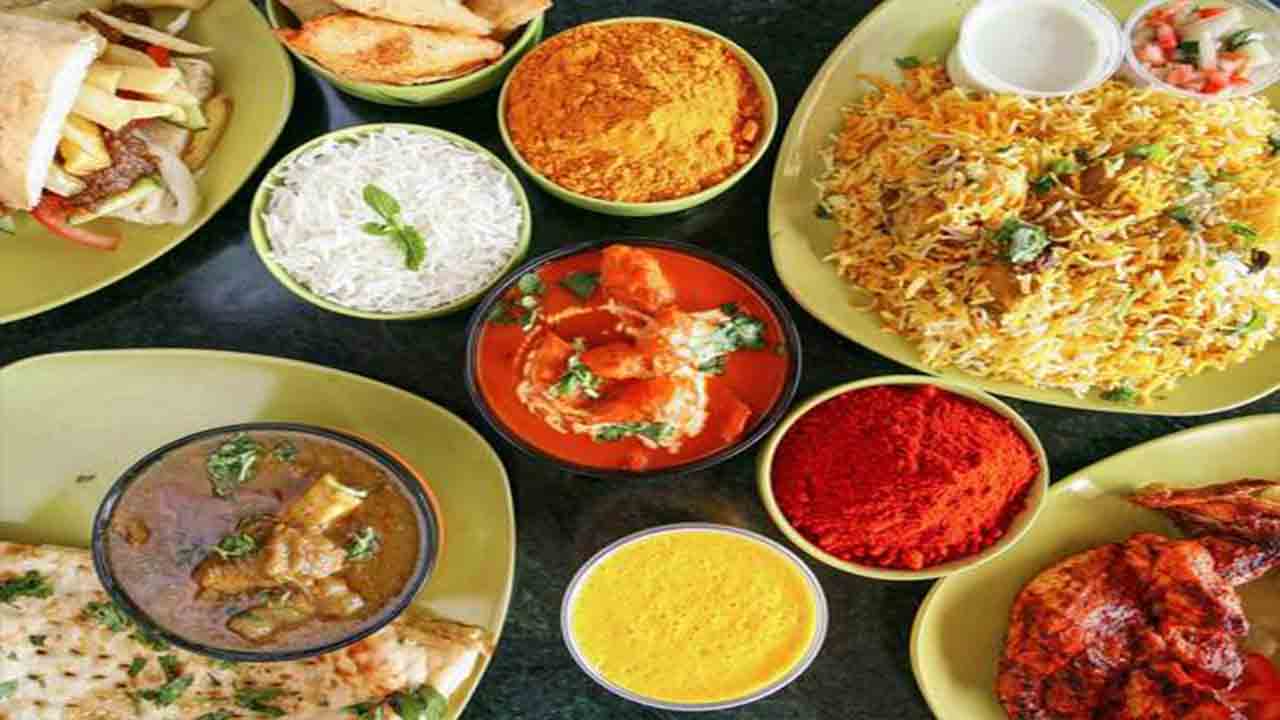
This from Eastern Region is a well-known personality in his community. He is a man of great importance and is respected by many people. This is a natural leader who has the ability to inspire and motivate others. He has a kind heart and always helps those in need. Also, He is a very intelligent person who is always eager to learn new things.
He has a vast knowledge of his culture and is proud of his heritage. This is known for his kindness and generosity. He is always willing to lend a helping hand to anyone who needs it. He is a true example of a good person caring for others. This is also a great listener who is always there to offer advice and support.
4. This From Western Region
This, a young man from the Western Region, had always been fascinated by the natural beauty of his hometown. As a child, he spent his days exploring the lush forests and crystal-clear streams that ran through the countryside. As he grew older, He began to develop a deep appreciation for the rich cultural heritage of his community.
He spent countless hours studying the customs and traditions of his people, eager to preserve their unique way of life for future generations. This was known throughout the region for his artistic talents, particularly his skill as a painter. He captured the essence of the land and its people in his vivid, colorful canvases, exhibited in galleries across the country. Despite his success as an artist, He never forgot his roots.
The Health Benefits Of This Cuisine
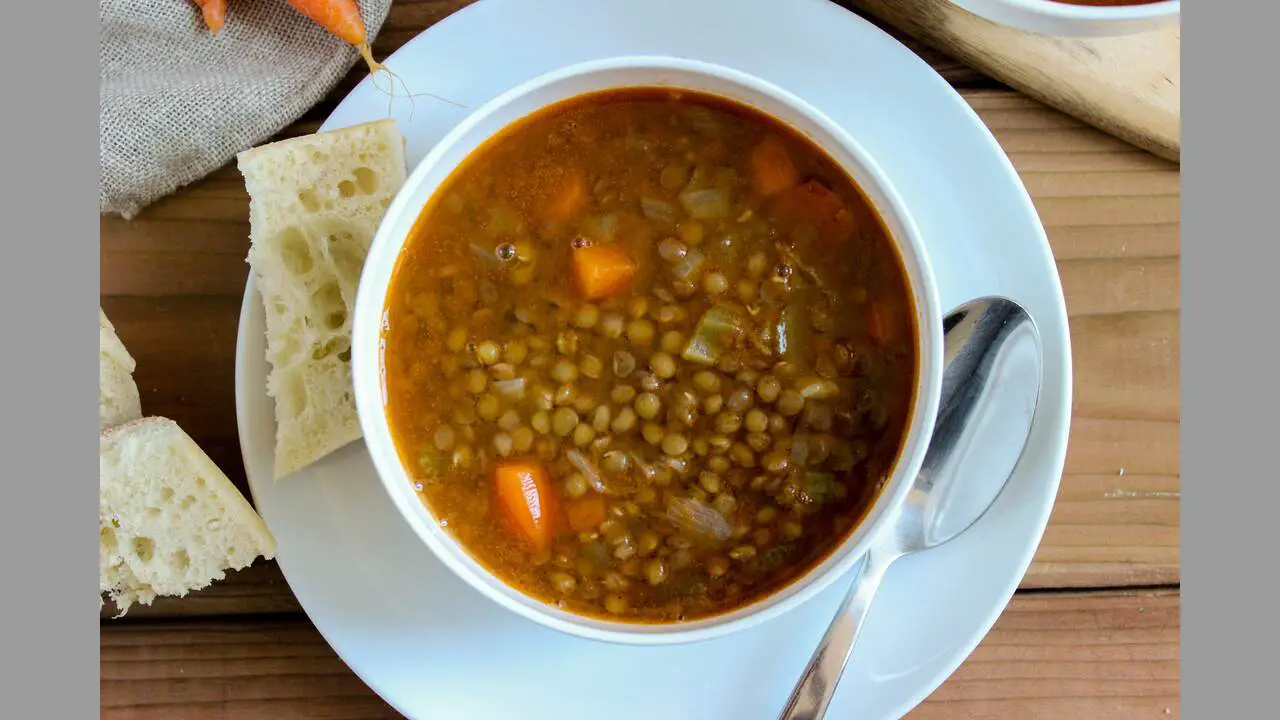
This cuisine is a type of African cuisine that is gaining popularity across the world. This cuisine is known for its amazing health benefits. One of the health benefits of This cuisine is that it is a rich source of vitamins and minerals.
The cuisine typically comprises various vegetables and legumes, such as lentils, chickpeas, and spinach. These ingredients are known to be rich in vitamins and minerals, such as iron, folate, and vitamin C. In addition, This cuisine is a great source of fiber.
This cuisine’s high fibre content helps regulate blood sugar levels and promote healthy digestion. Another health benefit of This cuisine is its ability to promote weight loss. The cuisine is typically low in calories and high in protein, making it an excellent option for those trying to lose weight.
Tips For Cooking This At Home
Cooking This at home can be an easy and delicious meal option for busy weeknights. This, also known as Greek lentil soup, is a hearty and healthy soup packed with protein and fiber. Here are some tips for making the perfect bowl of This at home. First, make sure to rinse and sort the lentils before cooking.
This will remove debris or impurities and ensure the lentils cook evenly. Second, add aromatics such as onions, garlic, and celery to the pot before adding the lentils and water. This will enhance the soup’s flavour and give it a comforting aroma.
Third, season the soup with spices such as cumin, paprika, and bay leaves to add depth and complexity to the flavor. Finally, let the soup simmer for at least an hour to allow the lentils to cook and absorb the flavors of the broth fully.
Common Misconceptions About This Cuisine

This popular and well-loved cuisine is known for its rich flavors and unique cooking techniques. However, several common misconceptions about this cuisine prevent people from trying it out. One of the most common misconceptions about this cuisine is that it is too spicy or hot for most people to enjoy.
While some dishes may be spicier than others, most of this cuisine is mild and can be adjusted to suit individual tastes. Another misconception about this cuisine is that it is difficult to prepare and requires much time and effort. While some dishes may be more complex than others, many of these recipes are quite straightforward and can be prepared in under an hour.
Conclusion:
Exploring the delights of faki food takes us on a journey into the heart of Greek cuisine, where simplicity and wholesome flavors come together to create a truly delightful and nourishing experience. With its earthy lentils, aromatic vegetables, and fragrant spices, this traditional lentil soup offers a comforting and hearty meal that has stood the test of time.
In the world of culinary delights, This food stands as a true gem, beckoning us to embrace its warmth, savor its flavors, and celebrate the beauty of food that unites us all. So, let us raise our spoons and toast to the enduring allure of This food—a dish that continues to weave its magic across borders, cultures, and generations.
FAQ:
1.What Is This Food, And What Are Its Main Ingredients?
Ans: This food is a Greek lentil soup, a delicious and hearty dish. Its main ingredients include lentils, onions, carrots, celery, garlic, olive oil, vegetable broth, canned tomatoes, ground cumin, coriander, bay leaf, salt, and pepper.
2.Can I Use Red Lentils Instead Of Brown Or Green Lentils In This Food?
Ans: While brown or green lentils are traditionally used, you can also use red ones. However, remember that red lentils might result in a slightly different texture. This versatile dish can be served as a main course or as a side dish. It is commonly topped with caramelized onions and served with bread or rice.
3.Is This Food Suitable For Vegetarians And Vegans?
Ans: Yes, This food is a vegetarian and vegan-friendly dish as it contains no meat or animal-derived ingredients. The primary ingredient of This is lentils, which are a great source of protein and fiber. Lentils are also low in fat and have a low glycemic index, making them ideal for people looking to maintain a healthy diet.
4.How Long Does It Take To Cook This Food?
Ans: The cooking time for This food is approximately 20-25 minutes, depending on the type of lentils used and the desired level of tenderness. This is a staple food in many parts of the world, especially in the Middle East, India, and North Africa. It is a popular dish during the holy month of Ramadan, when Muslims fast from dawn until dusk.
5.Can I Freeze This Food Leftover For Later Consumption?
Ans: Absolutely! This food can be frozen in airtight containers and stored for later consumption. Just make sure to reheat it thoroughly before serving. In addition to its delicious taste, this is also a nutritious dish. Lentils, one of the main ingredients in this, are a good source of plant-based protein, fibre, and essential nutrients such as iron and folate.
